Canyons are deep, narrow valleys with sheer rocky sides. These natural wonders are a breathtaking showcase of millions of years of geological activity. In many cases, they also hold immense cultural significance and represent the wild untamed spirits of the American West. They are places that are inhabited by majestic wildlife, revered for their spirituality among Indigenous groups, and loved by outdoor adventurers. From the iconic Grand Canyon to the waterfalls of Columbia River Gorge, take a journey down into the deepest canyons in the United States, according to World Atlas.
10. Bighorn Canyon – Montana and Wyoming (2,500 Feet)
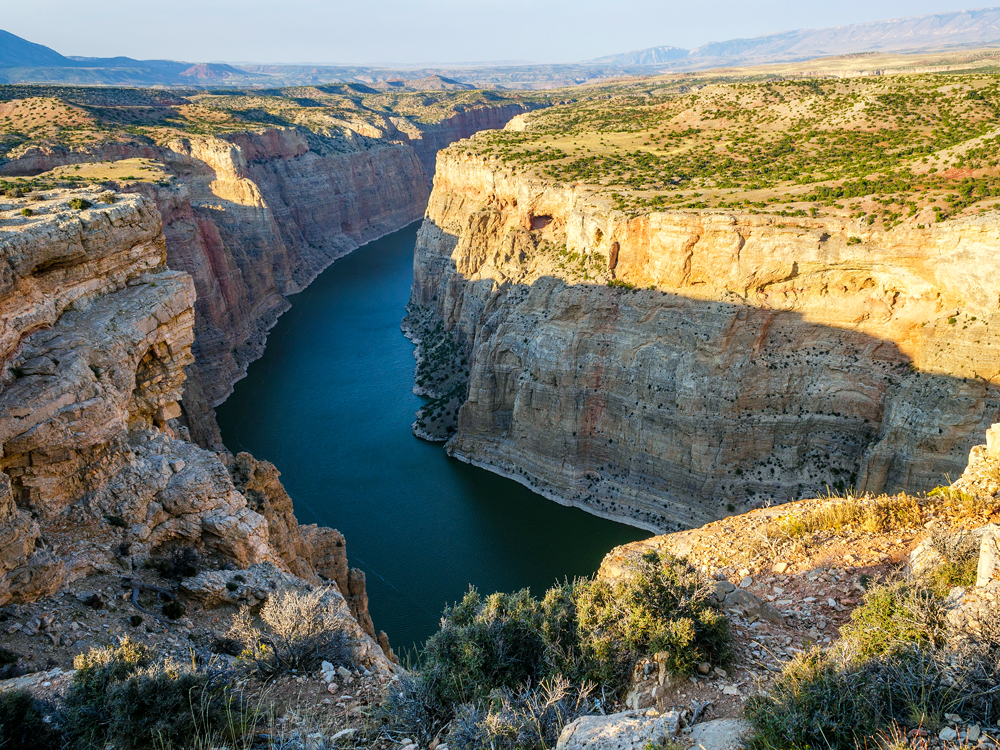
Stretching across the Montana-Wyoming border, Bighorn Canyon measures approximately 2,500 feet at its deepest point from the rim of Bull Elk Ridge. The canyon was created when the Bighorn River sliced through the uplift crust of the Bighorn Mountains, and its dramatic cliffs expose a geological history that dates back millions of years. The canyon also shelters more than 10,000 years of human history and is considered a sacred site among the Crow and Shoshone peoples. Today, visitors to the 120,000-acre Bighorn Canyon National Recreation Area can explore 17 miles of hiking trails, admire ancient petroglyphs, and spot wild horses roaming this stunning landscape. You’ll find breathtaking views of the soaring canyon walls from Bighorn Lake, plus the chance to camp lakeside and visit dude ranches.
9. Zion Canyon – Utah (2,640 Feet)

Zion Canyon is the dominant feature of Zion National Park, which became Utah’s first national park in 1919. It was carved by the North Fork of the Virgin River and is characterized by its red-and-white sandstone cliffs. Mormon pioneers arrived here in the 1800s and named the area Zion after the Hebrew word for sanctuary. Thousands of years prior to this, nomadic groups such as the Virgin Branch Puebloan and Fremont peoples lived in and around the canyon. These days, it’s a hot spot for everything from backpacking, biking, and boating to camping, canyoneering, and climbing. It’s also home to 291 species of birds, including the endangered California condor and Mexican spotted owl.
8. Linville Gorge – North Carolina (2,800 Feet)
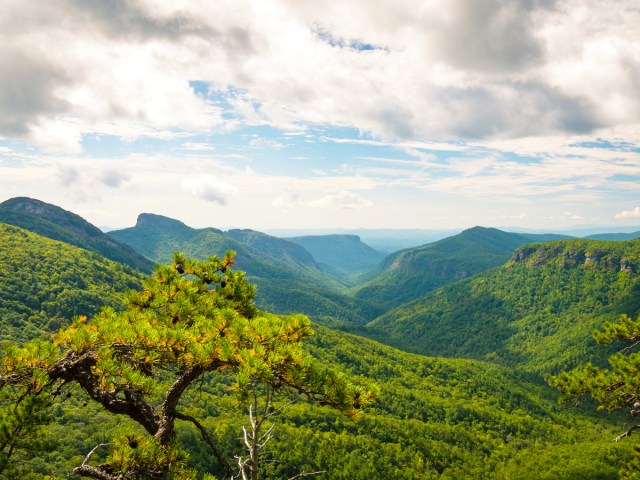
Part of the Pisgah National Forest, Linville Gorge Wilderness wraps around the 12-mile-long Linville Gorge. Bisected by the Linville River, this spectacular canyon is framed by Jonas Ridge to the east and Linville Mountain to the west. Known for its immense ruggedness, it was spared from the extensive logging that once took place across many forests in the eastern U.S. Consequently, dense strands of virgin forests remain at places such as Table Rock and Hawksbill Mountain. For visitors to the canyon, a 39-mile network of hiking trails leads to campgrounds and scenic overlooks. Linville Falls, accessible via the Linville Falls Trails, is a must-see and marks the beginning of the canyon.
7. Waimea Canyon – Hawaii (3,000 Feet)
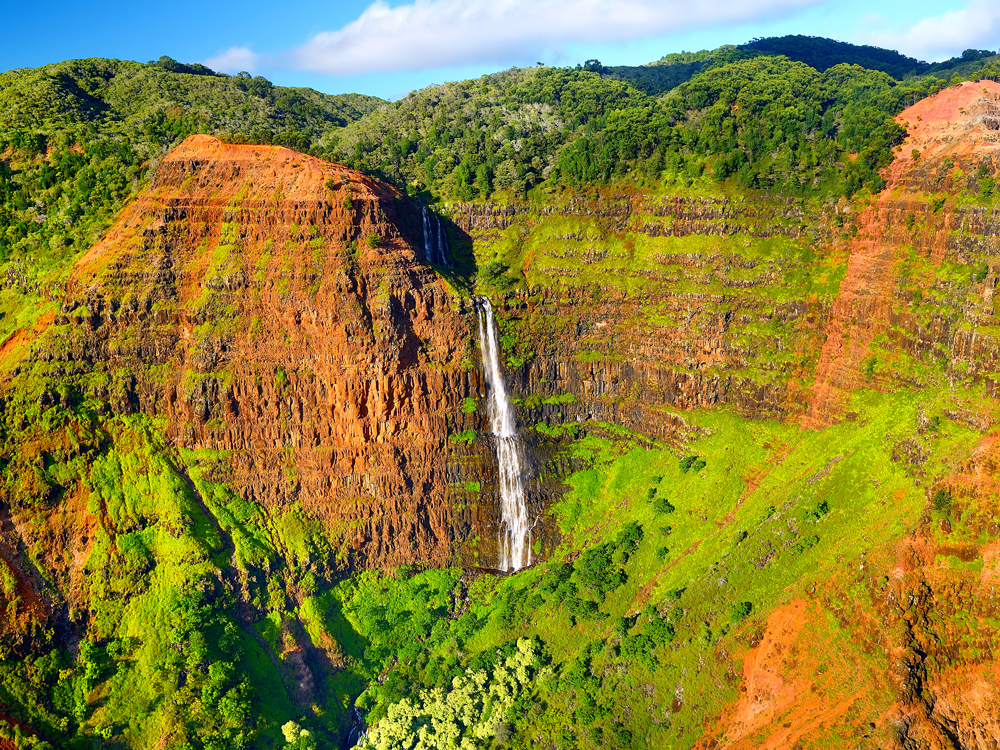
On the leeward side of Kauai island, Waimea Canyon is often called the “Grand Canyon of the Pacific.” Stretching 14 miles long and a mile wide, the canyon reaches approximately 3,000 feet from rim to bottom at its deepest point. It is made up of dramatic red-and-green gorges that highlight Hawaii’s fascinating geological diversity. Overlooking the canyon is Waimea Canyon State Park, accessible via the scenic Waimea Canyon Drive, which provides access to spectacular vistas at Waimea Canyon Lookout, Pu’u Hinahina Lookout, and other viewpoints. Visitors can uncover the canyon’s flora and fauna by hiking trails such as the Cliff Trail and Waimea Falls Trail. Interpretive signs around the park also tell the stories of ancient Hawaiian settlements.
6. McKittrick Canyon – Texas (3,200 Feet)
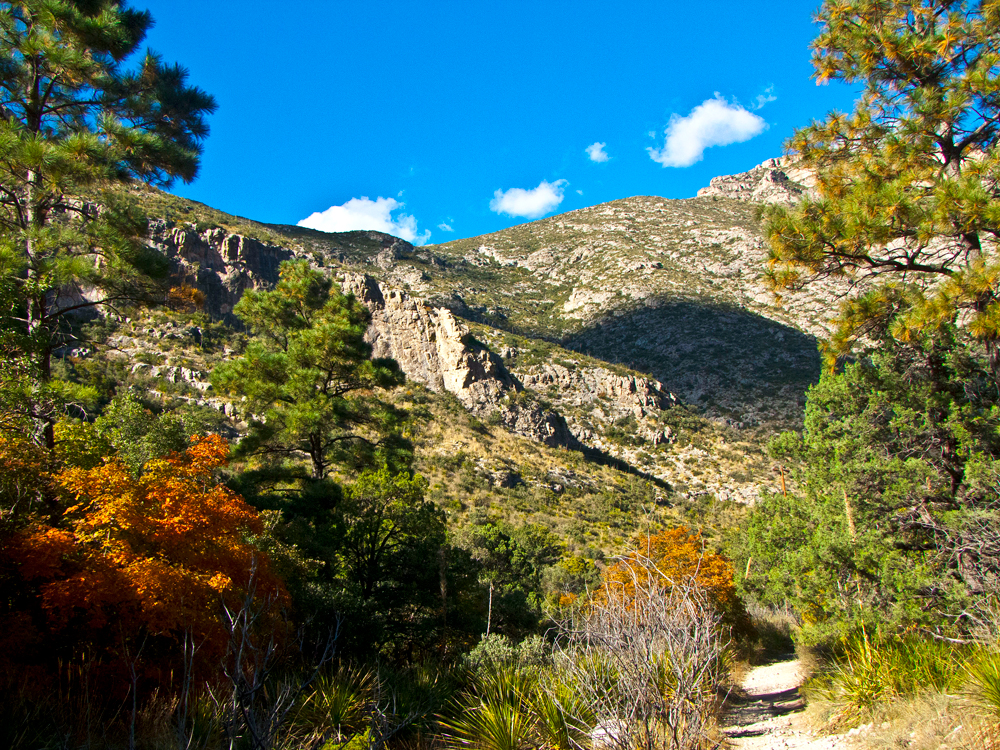
One of the highlights of a visit to Guadalupe Mountains National Park is McKittrick Canyon, renowned not only for its impressive depth but also for its varied rock types and flora. From late October to early November, the brown, red, and yellow hues of fall foliage dazzle against the limestone and sandstone canyon walls. Unbeatable views of the canyon await on hikes that range from a couple of hours to several days. The easiest way to reach the heart of the canyon is a 4.8-mile-long return hike to Pratt Cabin. On the other hand, true adventurers can pack their camping gear for a challenging overnight hike to the McKittrick Canyon Wilderness Campsite.
5. Columbia River Gorge – Oregon and Washington (4,000 Feet)
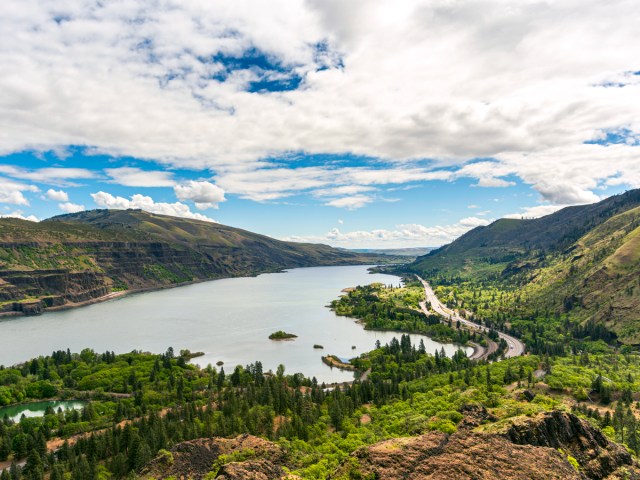
Formed by the Columbia River, the Columbia River Gorge creates a natural border between Washington and Oregon. This 80-mile-long canyon — the fifth-deepest canyon in the U.S. — meanders through the Cascade Mountains, passing basalt cliffs, towering spires, and scenic waterfalls. Protected as the Columbia River Gorge National Scenic Area, this is a place for innumerable outdoor pursuits. Enjoy this natural wonder via the historic Columbia River Highway, built in the 1900s as an alternative to navigating the turbulent river waters. Along the way, you can admire the canyon’s famous waterfalls, including Bridal Veil, Latourell, and Multnomah Falls. Alternatively, join a river cruise, go windsurfing at Hood River, or visit dozens of wineries located around the gorge.
4. Desolation Canyon – Utah (5,000 Feet)

Almost hidden in a remote region of eastern Utah, Desolation Canyon is part of the 143,000-acre Desolation Wilderness Area and reaches approximately 5,000 feet below the rim at its deepest point. The canyon’s stunning natural landscape consists of arches, pinnacles, and varied vegetation, including Douglas fir and pinyon-juniper woodlands. Inspired by the inhospitable landscapes, geologist John Wesley Powell named the canyon after visiting the area during an 1869 Smithsonian-sponsored expedition. Today, many visitors partake in epic multiday rafting trips on the Green River, which cuts through the canyon. Excursions cruise along 85 miles of the winding river between Desolation and Gray Canyon.
3. Grand Canyon – Arizona (6,093 Feet)
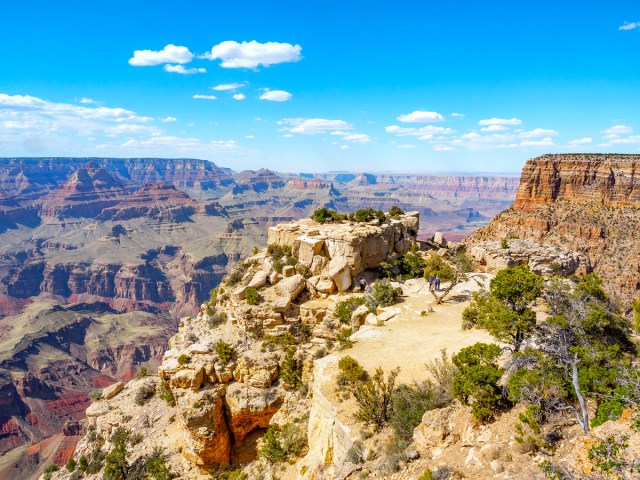
Though it’s arguably America’s most famous canyon, the Grand Canyon is only the third-deepest canyon in the U.S. Still, the mile-deep and 227-mile-long canyon is one of the world’s Seven Natural Wonders. The Grand Canyon was carved out by the Colorado River around 2 billion years ago; archaeologists estimate that human activity was present in the region dating back 12,000 years, when it was home to the Ancestral Pueblo and Havasupai peoples. Protected as part of Grand Canyon National Park, the canyon offers boundless opportunities for recreation and adventure. Among the top activities are cruising the 23-mile Desert View Road, hiking the Canyon Rim Trail, and rafting down the Colorado River.
2. Kings Canyon – California (7,700 Feet)

Towering granite peaks, U-shaped valleys, craggy terrain, and lush green meadows dominate Kings Canyon. This glaciated canyon in California’s Sierra Nevada is located within the Sequoia and Kings Canyon National Parks. From Canyon View Overlook, it’s possible to spot mighty peaks such as Buck Peak and Mount Clarence King. Two popular long-distance hiking trails, the Pacific Crest Trail and the John Muir Trail, also pass through this stunning canyon. But perhaps the star attraction is nearby Grant Grove, home to seven of the world’s 10 tallest trees. Among them is the General Grant sequoia, which is the only living national monument in the United States.
1. Hells Canyon – Idaho, Oregon, and Washington (7,993 Feet)
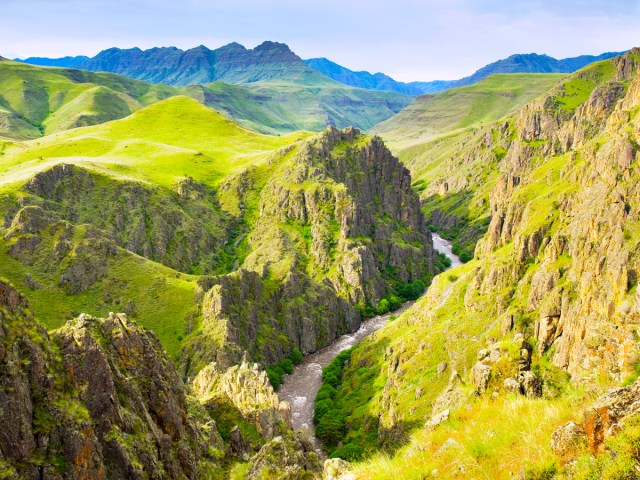
The deepest canyon in the United States is Hells Canyon, a 10-mile-wide expanse of basalt flows, limestone cliffs, ancient lavas, and alluvial deposits. It was formed around 150 million years ago following tectonic movement and uplifting from Earth’s core. Archaeological evidence — visible in petroglyphs and pictographs at Buffalo Eddy — suggests that humans have lived here for around 15,000 years. The canyon is contained within Hells Canyon Recreation Area and stretches across parts of Idaho, Oregon, and Washington. Popular activities here include rafting and kayaking on the Snake River, dozens of hiking and backpacking trails, and the 213-mile-long Hells Canyon Scenic Byway.
More from our network
Daily Passport is part of Inbox Studio, which publishes content that uplifts, informs, and inspires.
















